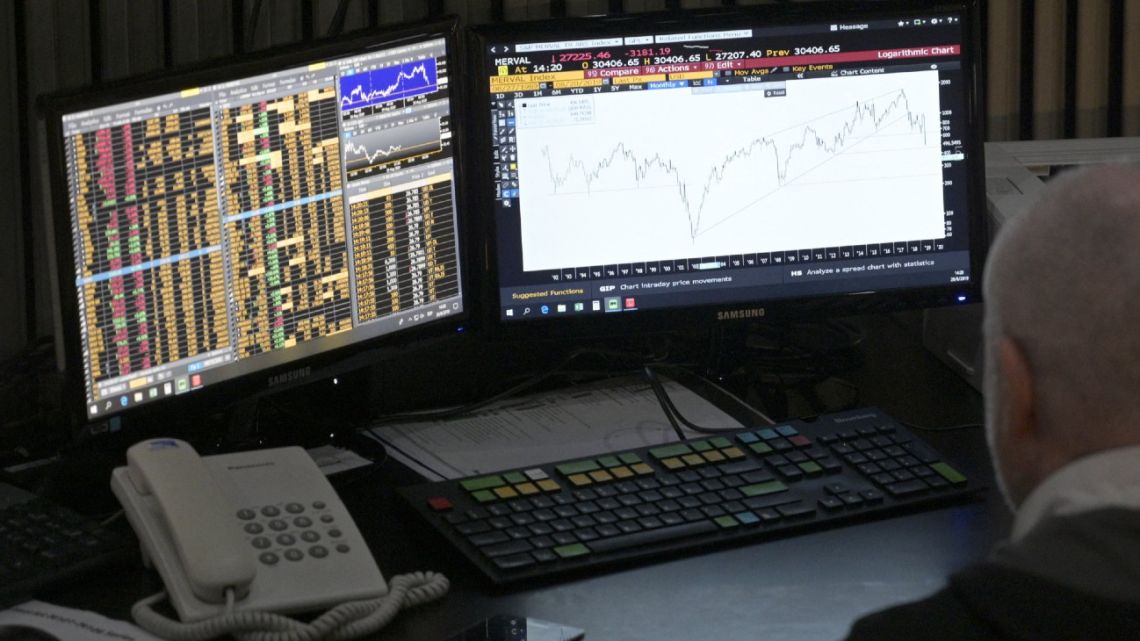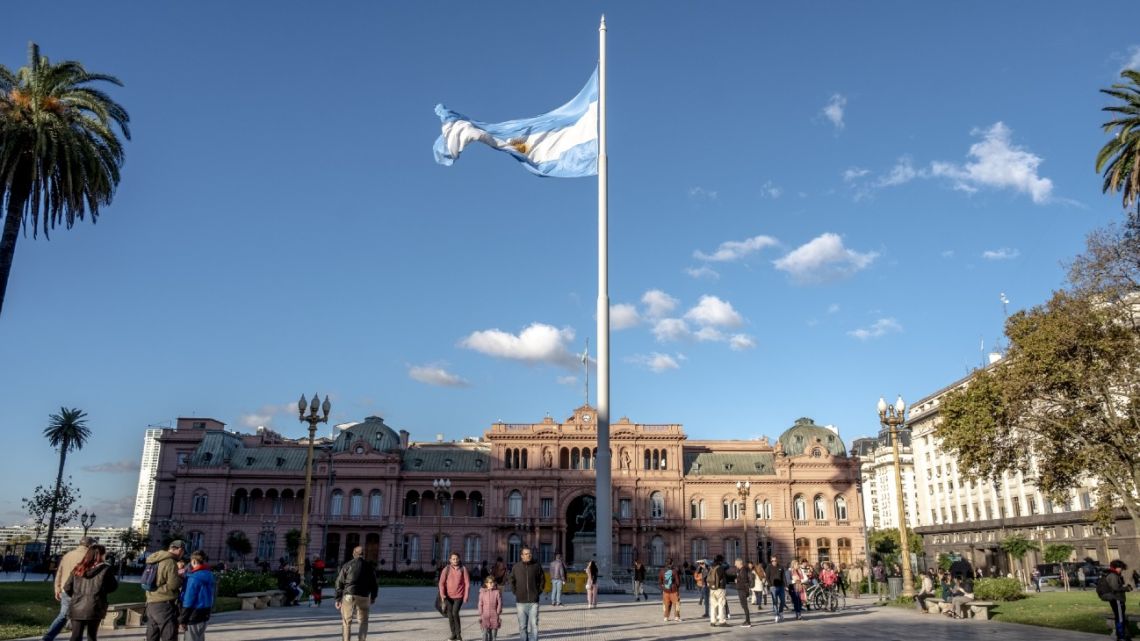A dramatic shift rocks the Mexican peso as it tumbles against the U.S. dollar, TradingView data reveals on April 3, 2025. The USD/MXN rate hits 20.14565, down 0.02% from 20.14945, after a volatile 24 hours.
The peso’s sharp decline reflects deeper economic tensions and policy moves. On April 2, the peso surges to 20.55 by late afternoon, driven by a risk-off mood favoring the dollar.
Investors worry about U.S. tariffs, especially after new auto tariffs announced on March 26. However, a sudden drop at midnight sees the rate crash to 20.10, hinting at a major event.
Analysts point to Banco de Mexico’s recent actions as a key factor in the peso’s fall.
On March 28, Banxico slashes rates by 50 basis points to 9%, signaling further easing despite inflation risks. This move, aimed at stimulating a slowing economy, weakens the peso as lower rates deter investors.
Tariff threats add fuel to the fire, with U.S. policies under President Trump targeting Mexican imports. On March 4, 25% tariffs on Mexican goods begin, causing the peso to slide to 20.75.
 Mexican Peso Plunges Amid Tariff Fears and Banxico’s Policy Shift. (Photo Internet reproduction)
Mexican Peso Plunges Amid Tariff Fears and Banxico’s Policy Shift. (Photo Internet reproduction)Although a temporary pause in February eases tensions, renewed tariff talks by late March pressure the currency further. Economic data paints a grim picture for Mexico, with growth forecasts dropping to 1% for 2025.
Mexican Peso Faces Volatility
The Citi Expectations Survey predicts Banxico’s rate will fall to 8% by year-end, while the USD/MXN may hit 20.98. Meanwhile, U.S. economic releases, like the upcoming non-farm payrolls, keep markets on edge.
Technical analysis shows the peso struggling, with the USD/MXN breaking support at 20.10 before stabilizing. High volatility, marked by a 47-pip average true range, reflects market uncertainty.
Traders now watch the 20.15 resistance, expecting more swings as U.S. data looms at 15:00 UTC. Social media buzz captures the market’s unease, with posts highlighting the peso’s volatility and Banxico’s dovish stance.
Investors brace for further depreciation, as global tensions and local policy risks threaten Mexico’s economic stability. The peso’s fate hangs in the balance, tied to trade and monetary decisions.

 By The Rio Times | Created at 2025-04-03 08:37:49 | Updated at 2025-04-05 03:56:00
1 day ago
By The Rio Times | Created at 2025-04-03 08:37:49 | Updated at 2025-04-05 03:56:00
1 day ago








